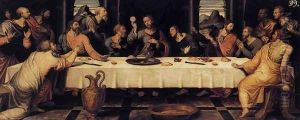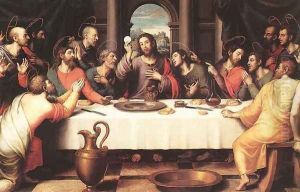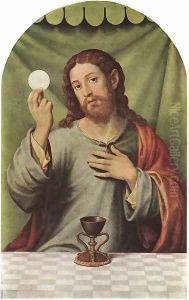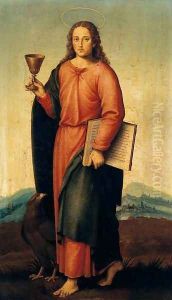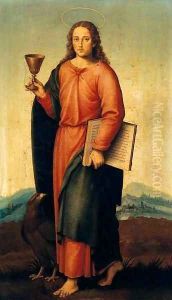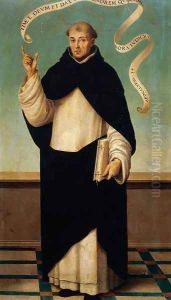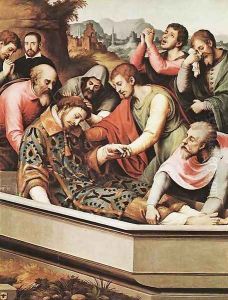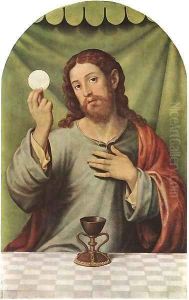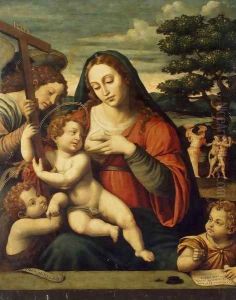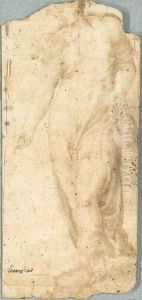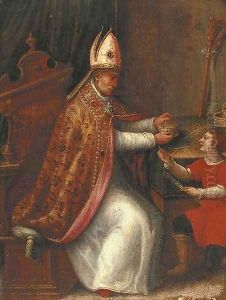Juan De (Vicente) Juanes (Masip) Paintings
Juan de Juanes, born Vicente Juan Masip in 1523, was a prominent Spanish painter of the Renaissance period. His work is deeply rooted in the Christian faith, reflecting the religious spirit of Spain during his lifetime. Juanes is often referred to as the Spanish Raphael, due to his high degree of influence from Italian Renaissance, particularly the works of Raphael, which is evident in his refined approach to composition and his delicate treatment of figures.
Juan de Juanes was born in La Font de la Figuera, Valencia, Spain, into a family of painters, which significantly shaped his path in the arts. His father, Vicente Masip, was also a notable painter, and it is believed that Juanes initially trained under him, acquiring a solid foundation in the principles of painting. This early exposure to art, coupled with his innate talent, set the stage for Juanes' illustrious career.
Throughout his career, Juanes devoted himself primarily to religious subjects, producing numerous altarpieces, devotional images, and scenes from the life of Christ. One of his most famous works is 'The Last Supper,' which showcases his skill in composition and his ability to imbue his religious subjects with a sense of humanity and divine presence. His works are characterized by their serene and harmonious qualities, meticulous attention to detail, and a clear, luminous palette that enhances the spiritual dimension of his subjects.
Juan de Juanes made significant contributions to the Valencian school of painting, influencing generations of Spanish artists. His approach to painting, which combined the technical precision of the Italian Renaissance with a deeply spiritual perspective, distinguished him as a key figure in the development of Spanish Renaissance art. Despite his prominence, many aspects of his life and work remain shrouded in mystery, as is the case with many artists of his era.
Juan de Juanes' legacy is preserved in several major museums and churches in Spain, particularly in Valencia, where his masterpieces continue to be revered for their beauty and devotional spirit. He passed away in Bocairent, Valencia, Spain, in 1579, leaving behind a body of work that continues to inspire admiration for its artistic excellence and its profound expression of faith.
